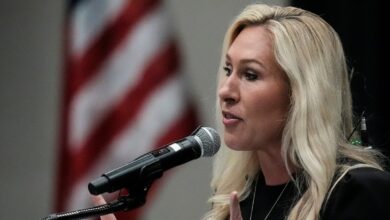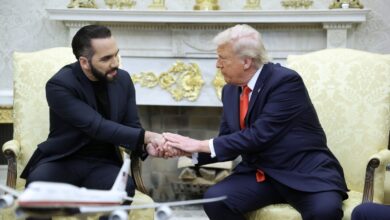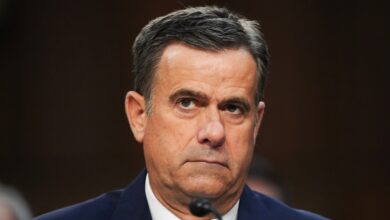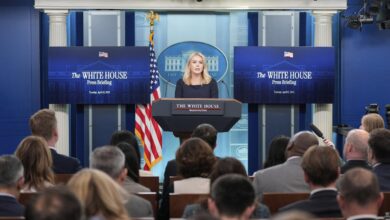Opinion | Trump’s Tariffs Would Unleash Chaos at the Border
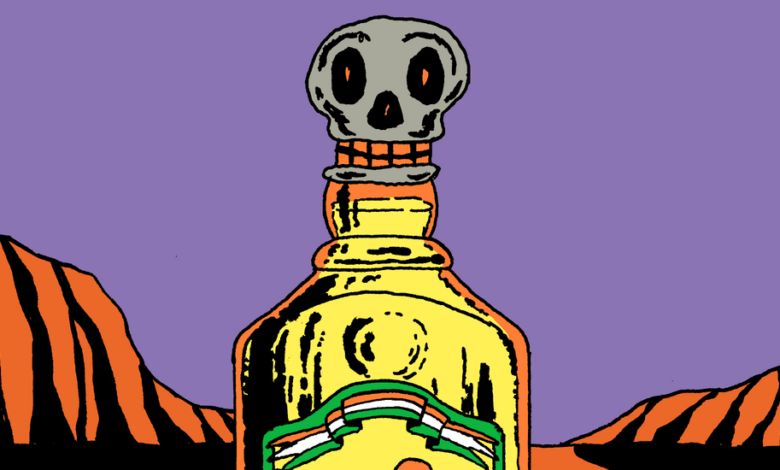
At the start of the 20th century, the boundary between the United States and Mexico was largely notional. In that environment, the tequila maker José Cuervo began to forge an empire by focusing on American drinkers — displaying products at the St. Louis World’s Fair, engaging Southern Pacific to construct a railroad line to his distillery in the town of Tequila, and eventually even buying his own trains to penetrate Pancho Villa’s revolutionary lines en route to Texas. After Villa staged a bloody cross-border raid, Gen. John J. Pershing led about 10,000 U.S. troops into Mexico in pursuit.
When Germany offered to ally with Mexico and against the United States, President Woodrow Wilson responded by entering World War I — and by banning commerce with Mexican companies with too much “German influence.” As Cuervo’s nephew and business adviser was the German consul in Guadalajara, his tequila company was banned in 1918. That same year, the first section of border fence was erected and soon, the creation of a border patrol was authorized. Under the guise of preserving grains for food, the manufacture and importation of all hard liquor was also legally banned — and the black market exploded.
Seeing the opportunity, Cuervo banded together the owners of Sauza and Herradura to form a union organized on a German cooperative model — the cartel. It transported goods by rail to border towns, where smugglers carried bottles across on foot, in the trunks of cars, and through the open desert in donkey straddles and pack saddles.
The United States expanded enforcement and built more fencing in an effort to block the shipments, and the country’s foray into Prohibition in January 1920 extended import and sales bans nationally. Two months later, 25,000 empty tequila bottles were found in El Paso, all bearing the Cuervo label and all headed back to Mexico to be refilled and carried across again. The United States cracked down even harder — especially along the Rio Grande, where the shoot-first mentality of the Texas Rangers led to pitched gun battles across the desert and brush country.
In December 1929, as the first decade of Prohibition drew to a close, the editors of The Washington Herald tallied 1,360 deaths “through official violence,” with some of the highest numbers in El Paso — more than Al Capone’s Chicago. In fact, the border region of Texas accounted for roughly 8 percent of all Prohibition-related deaths nationwide by then. Cuervo’s tequila cartel unraveled after his death in 1921, bringing violence to the Mexican side of the border, too, as families vied for greater control of the trade and fractured into smaller cartels.

